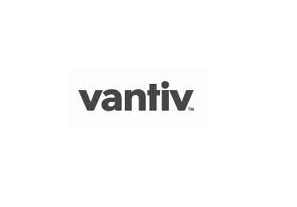
Like a manned Mars mission, it’s easy to believe total consumer mobile wallet adoption is an inevitable, if predictable, conclusion to current trends.
But, despite how captivating both ideas can be, it seems increasingly unlikely that we’ll see the fruition of either in our lifetimes. If anything, widespread mobile wallet use has become the less likely of the two options in light of the technology’s high-profile struggles with both merchants and users.
However, a closer look at past research indicates that low adoption levels are due to a simpler problem: banks and mobile providers just aren’t listening to consumers.
In past polls, consumers have indicated that if banks and mobile carriers follow certain strategies – targeting younger demographics, offering incentives and going above and beyond with security features – they would be willing to make the switch to a mobile wallet.
So, what’s stopping mobile wallet providers from capitalizing?
In this PYMNTS.com Data Point, we break down past reports and speak with top technology experts to determine whether popular consumers suggestions could be viable strategies for mobile wallet providers.
Incentivization Could Drive mWallet Use
One key to increased adoption that has been suggested by consumers is incentivization. Consumers were revealed to be 50 percent more likely to say they would use a mobile wallet provided they were given perks in a 2013 ICM Research study. Consumers even offered suggestions for what incentives could be, naming discounts and security features as their favorite value-adds.
However, some experts, like David Birch, director of Consult Hyperion, an IT management consultancy group that specializes in electronic transactions, don’t think this is a viable option. Speaking to PYMNTS.com, Birch said that financial institutions should leave incentivization to retailers. Banks and mobile carriers, he said, could run the risk of “us[ing] up their own margin on incentives.”
Targeting The Right Markets
ICM Research also indicated younger consumers are particularly excited about mobile wallets. Fifty-five percent of 18- to 24-year-olds said they could definitely or probably use a mobile wallet, while 49 percent of respondents between the ages of 25- and 34-years-old reported this sentiment.
Research by Vantiv indicates the general public is less receptive to the idea. In an interview with Litle & Co., the company’s vice president of corporate marketing, Lorena Harris, suggested only 10 percent of consumers are interested in mobile wallets. By targeting demographics that are more likely to use the service, however, mobile wallet adoption could increase.
Guaranteed Financial Losses Boost mWallet Confidence
ICM Research found that 51 percent of consumers would use a mobile wallet if their security concerns were assuaged. Fifty-six percent said they would be more likely to use a mobile wallet if their bank or mobile provider guaranteed their losses, and 43 percent said they would do so if they were required to enter a PIN with every transaction.
Of the aforementioned suggestions, Birch believes guaranteeing financial losses may be the right choice for mobile wallet providers.
“Because mobile payments are more secure than card payments, [banks and mobile carriers] will be able to do this without giving away too much margin,” he told PYMNTS.com in an interview. “My bank bundles mobile phone insurance with my premium account anyway, so it would be a natural extension.”
Not everyone is a believer though. Mike Liebhold, a tech researcher and fellow at the Institute for the Future (IFTF), told PYMNTS.com he believes banks, mobile operators and tech giants will offer this incentive, but that the technology isn’t safe enough yet for it to be a viable approach.